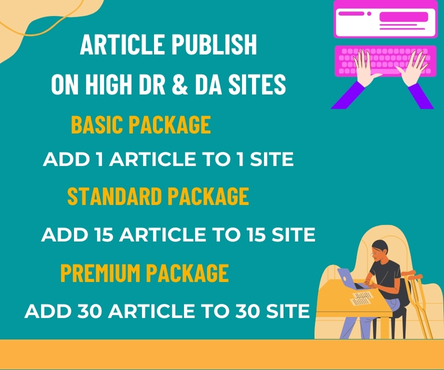In the ever-evolving real estate landscape, home sellers are constantly seeking innovative ways to showcase their properties and attract potential buyers. One technique that has gained significant traction in recent years is Virtual Staging. This cutting-edge technology allows sellers to digitally furnish and decorate their homes, offering a visually stunning representation of the property’s potential. Virtual staging is revolutionizing the way homes are marketed, and its benefits are undeniable.
The Challenges of Traditional Staging
Traditional staging involves physically furnishing and decorating a property to make it more appealing to potential buyers. While this approach can be effective, it comes with significant drawbacks. For instance, staging a home can be expensive, with costs ranging from $2,000 to $5,000 or more, depending on the size of the property and the number of rooms. Additionally, staging requires a considerable amount of time and effort, which can delay the selling process. Furthermore, staged homes can sometimes look overly styled or cluttered, deterring buyers who prefer a more minimalist aesthetic.
The Advantages of Virtual Staging
Virtual staging offers a cost-effective and efficient alternative to traditional staging. By digitally adding furniture and decor to photos of the property, sellers can showcase their home’s potential without the need for physical furnishings. This approach offers several advantages, including:
- Cost savings: Virtual staging is significantly less expensive than traditional staging, with costs ranging from $100 to $500 per room.
- Increased flexibility: Virtual staging allows sellers to easily change the style and layout of the furniture and decor to appeal to different buyer demographics.
- Time efficiency: Virtual staging can be completed quickly, allowing sellers to list their property faster and reduce the risk of buyer fatigue.
- Broader appeal: Virtual staging enables sellers to showcase their property’s potential to buyers with different tastes and preferences.
How Virtual Staging Works
The virtual staging process typically begins with high-quality photos of the property. These photos are then edited using specialized software to add digital furniture and decor. The resulting images showcase the property in its best possible light, highlighting its features and potential. Some virtual staging companies also offer additional services, such as 3D walkthroughs and virtual tours, to further enhance the buyer’s experience.
The Impact on Buyer Perception
Virtual staging has a profound impact on buyer perception. By showcasing a property’s potential, virtual staging helps buyers visualize themselves living in the space. This emotional connection is crucial in the home-buying process, as it can motivate buyers to make an offer. Moreover, virtual staging can also help to distract from any flaws or imperfections in the property, drawing the buyer’s attention to its best features.
The Future of Real Estate Marketing
Virtual staging is rapidly becoming an essential tool in real estate marketing. Its ability to showcase a property’s potential in a cost-effective and efficient manner makes it an attractive option for home sellers. As technology continues to evolve, we can expect to see even more innovative applications of virtual staging, such as augmented reality and virtual reality experiences.
In conclusion, virtual staging is a game-changer for home sellers. Its cost-effectiveness, flexibility, and ability to showcase a property’s potential make it an attractive alternative to traditional staging. By embracing virtual staging, home sellers can increase their property’s appeal, attract more buyers, and ultimately sell their home faster and for a better price.

